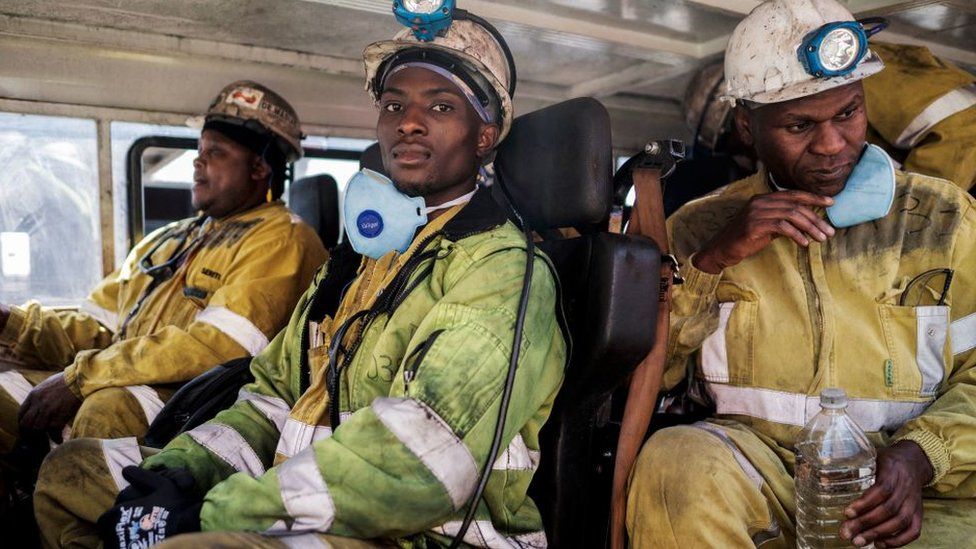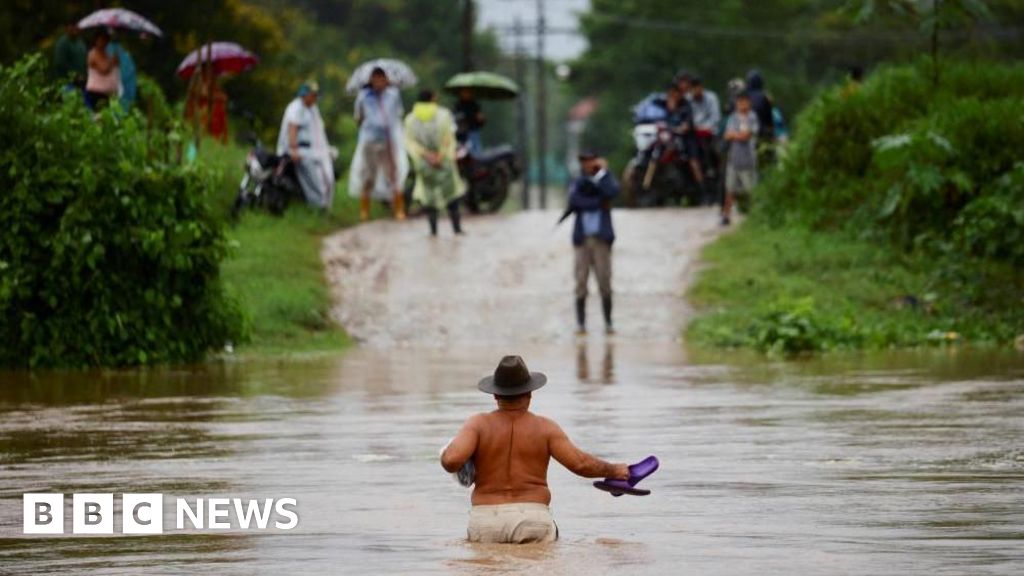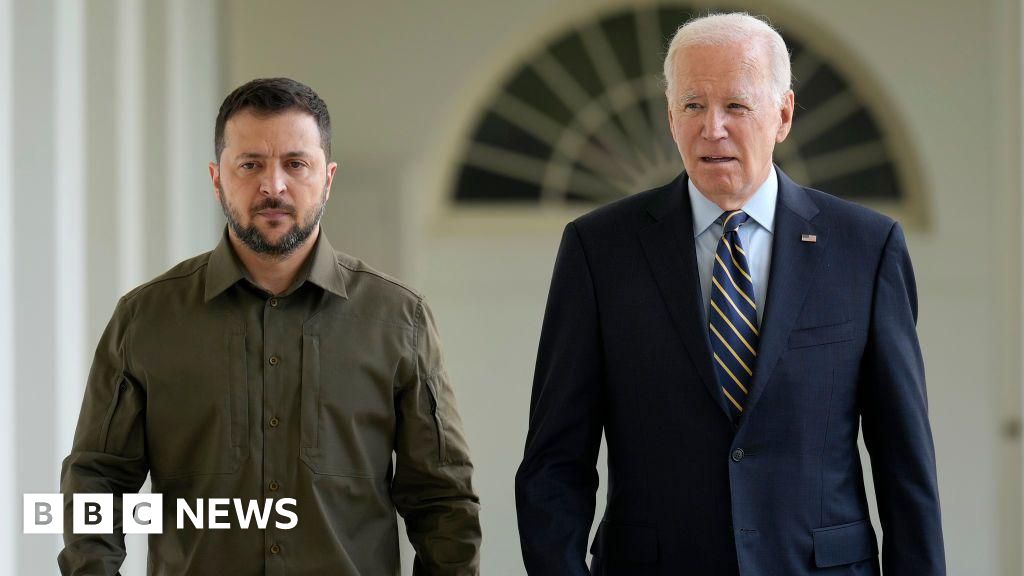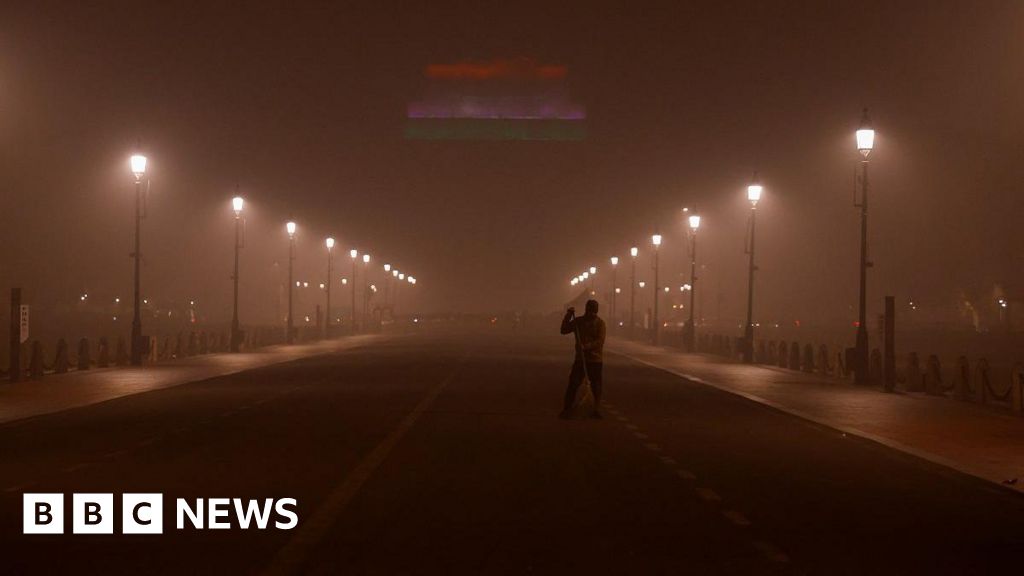ARTICLE AD BOX
 Image source, AFP
Image source, AFP
South Africa's large coal sector provides about 80% of the country's energy needs
By Vumani Mkhize
BBC Africa business reporter, Johannesburg
South Africa is hugely reliant on coal for its energy but one of the country's biggest problems is frequent power-cuts. So how can it reduce its use of fossil fuels and switch to greener sources, while at the same time increasing its supply of electricity?
The precariousness of South Africa's national electricity grid was highlighted in a single tweet by the state-owned power company Eskom one morning last month.
Before many people had even had a chance to eat breakfast, the newsflash read: "Stage four loadshedding was implemented at 05:30 due to breakdowns of five generators at five power stations overnight."
Despite being Africa's most developed economy, the country has been experiencing load-shedding - or an organised series of rolling blackouts - for the past 15 years. But this outage felt like something new.
Five units at five different power stations simultaneously suffering breakdowns is an indication of the fragility of the electricity infrastructure and shocked many.
"This is scary because you cannot have five units at five power stations failing overnight. What was happening?" asks energy expert Lungile Mashele.
"Your units are a reflection of how they are maintained… They tell a story that Eskom is not resilient, that Eskom has not been doing the necessary maintenance and that all interventions that they have been putting in place over the last couple of years have come to nought," she tells the BBC.
Eskom has 14 coal-fired power stations, which produce around 80% of the country's power. Most of them are old, inefficient and prone to breakdowns.
The two newer coal-fired power stations, whose construction started in 2007, are plagued by cost overruns and design flaws and are still not operating at capacity.
As a result of all these problems, South Africa has a shortfall of around 4,000-6,000MW of power every day - about 10% of current use.
The resulting blackouts are a source of deep anger and resentment for many South Africans.
The power-cuts are a huge problem for businesses, big and small. Roads become gridlocked when traffic lights stop working, people can't cook when they get home from work and food rots when the fridge has no power.
And things could get worse as most of the old coal plants are being decommissioned as part of plans to move away from fossil fuels.
In October, the 1,000MW Komati power station in Mpumalanga province became the first to shut down. On the positive side, Komati will be repurposed into a renewable energy generation site using solar and wind power, and it has already secured funding of nearly $500m (£440m) from the World Bank to finance the project.
However, much more funding will be needed as more coal-fired power stations are going to be closed down in the coming years. Overall, Eskom plans to decommission half of its 45,000MW installed capacity by 2035.
The need to find replacement energy sources is urgent.
Image source, AFP
Image caption,The giant Kusile coal-fired power station is one of a series of plants vital for South Africa's energy needs
Luckily, South Africa is blessed with abundant wind and sunshine but it will require time, and lots of money, to harness their power.
In 2010, the government established the Independent Power Producer's Procurement Programme (IPP), which looks for private sector investment into the country's energy market from renewable sources such as onshore wind, solar power, biomass and small hydroelectric plants.
Some progress has been made. Speaking at a recent wind energy conference in Cape Town, Energy Minister Gwede Mantashe said that IPP projects had created more than 6,000MW of electricity capacity.
But that is not nearly enough.
In 2020, just 7% of the country's energy came from renewable sources, according to the International Energy Agency.
South Africa's energy woes and how to solve them are a global problem.
The country is among the world's biggest emitter of greenhouse gases, such as the carbon dioxide produced by coal-fired power stations.
This is why there is a concerted effort from wealthier countries to help finance the country's move away from coal.
The proposed $8.5bn deal announced at the last COP meeting in Glasgow was seen as an important first step in supporting South Africa.
But a year on, the deal is still subject to negotiations between South Africa and Germany, France, the UK, the US and the European Union, and what exactly happens could have far-reaching ramifications.
Its success or failure could influence whether or not other developing nations decide to decarbonise their economies.
Image source, Reuters
Image caption,Solar farms as well as other sources of renewable energy are getting investment in South Africa
But whatever happens, the development of renewable sources is not going to be a quick fix for South Africa's massive energy shortfall.
Ahead of this year's meeting in Egypt, President Cyril Ramaphosa mapped out a five-year plan to move from coal to greener sources of energy, but said it would cost $84bn - an astronomical sum.
Unveiling the plan, the president highlighted the need to decarbonise, create jobs and generate power at the same time. The aim is that the money will come from private investors as well as grants from donor nations.
In the meantime, the country is looking at another fossil fuel to answer the immediate problem of not having enough power.
Located 250km (155 miles) south-west of the buzzing commercial hub of Johannesburg is the quiet old mining town of Virginia. Where miners used to dig up gold, engineers are now sucking up precious helium and methane, even though that is also a greenhouse gas.
The Virginia Gas Project, owned by Johannesburg Stock Exchange-listed company Renergen, oversees vast gas fields covering some 190,000 hectares.
"There is gas in pretty much every direction that you look," Renergen head Stefano Marani says as he walks around the plant, which used to be farmland.
Methane and helium are plentiful.
Gas was discovered in the 1950s, but is only now being produced on a commercial scale.
Image source, Reuters
Image caption,South African climate activists recently protested against the development on any new gas or oil fields on the continent
The gas extracted has a number of uses but most crucially for South Africa right now is that it can be used for power generation. Mr Marani believes that it can be added to the energy mix very quickly.
But it will not be a magic solution for the country's chronic power problem and goes against moves to decarbonise power production.
And there is no speedy solution to Eskom's infrastructure problems.
"The country is going to go through a tough time," admitted the public utility's Jan Oberholzer at a recent conference. "We need another year or year-and-a-half to get out of this."
South Africa's path to a cleaner and more secure energy is not straightforward and requires commitment and money - the success of which will be closely watched around the world.

 2 years ago
16
2 years ago
16








 English (US)
English (US)